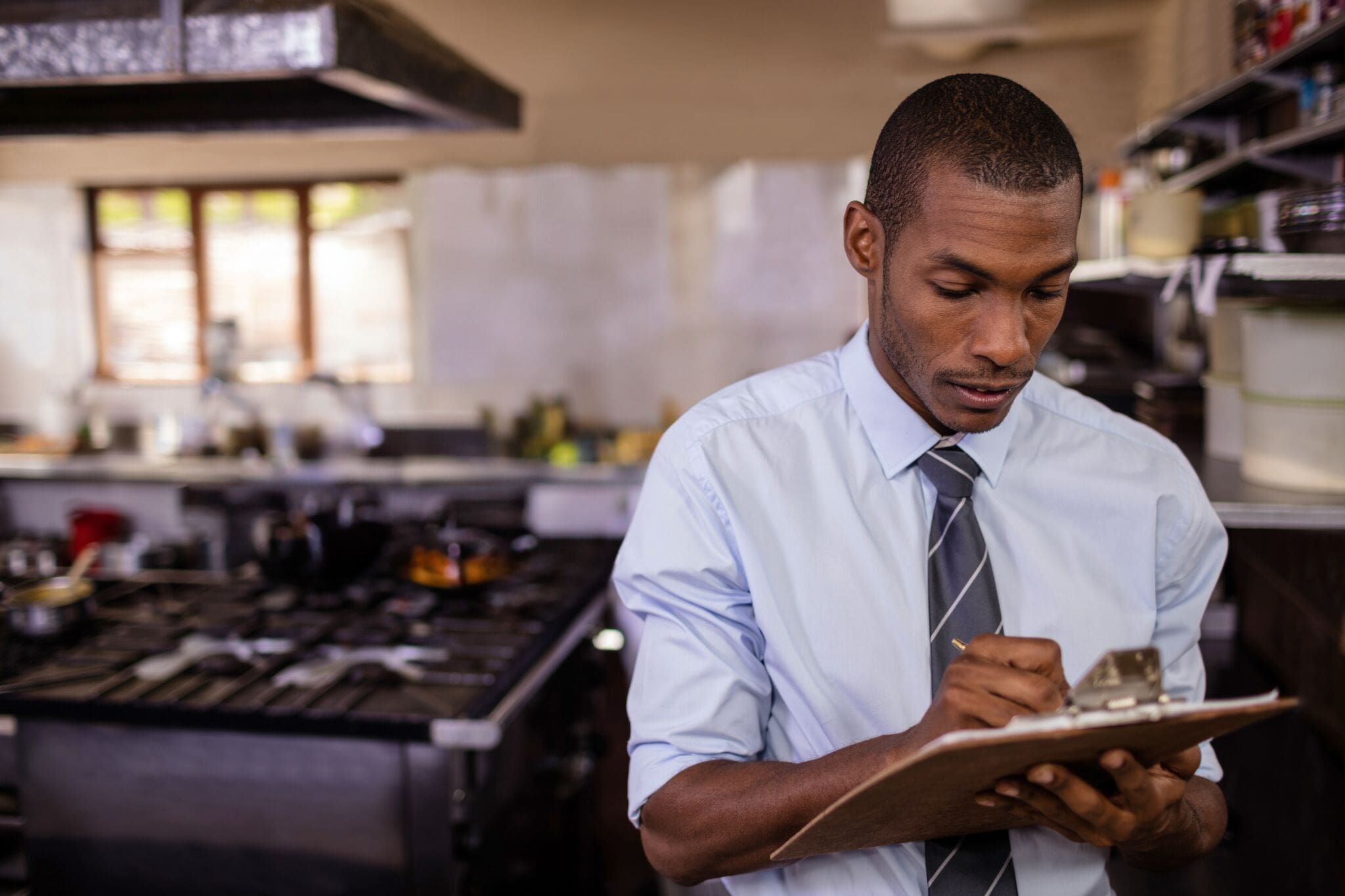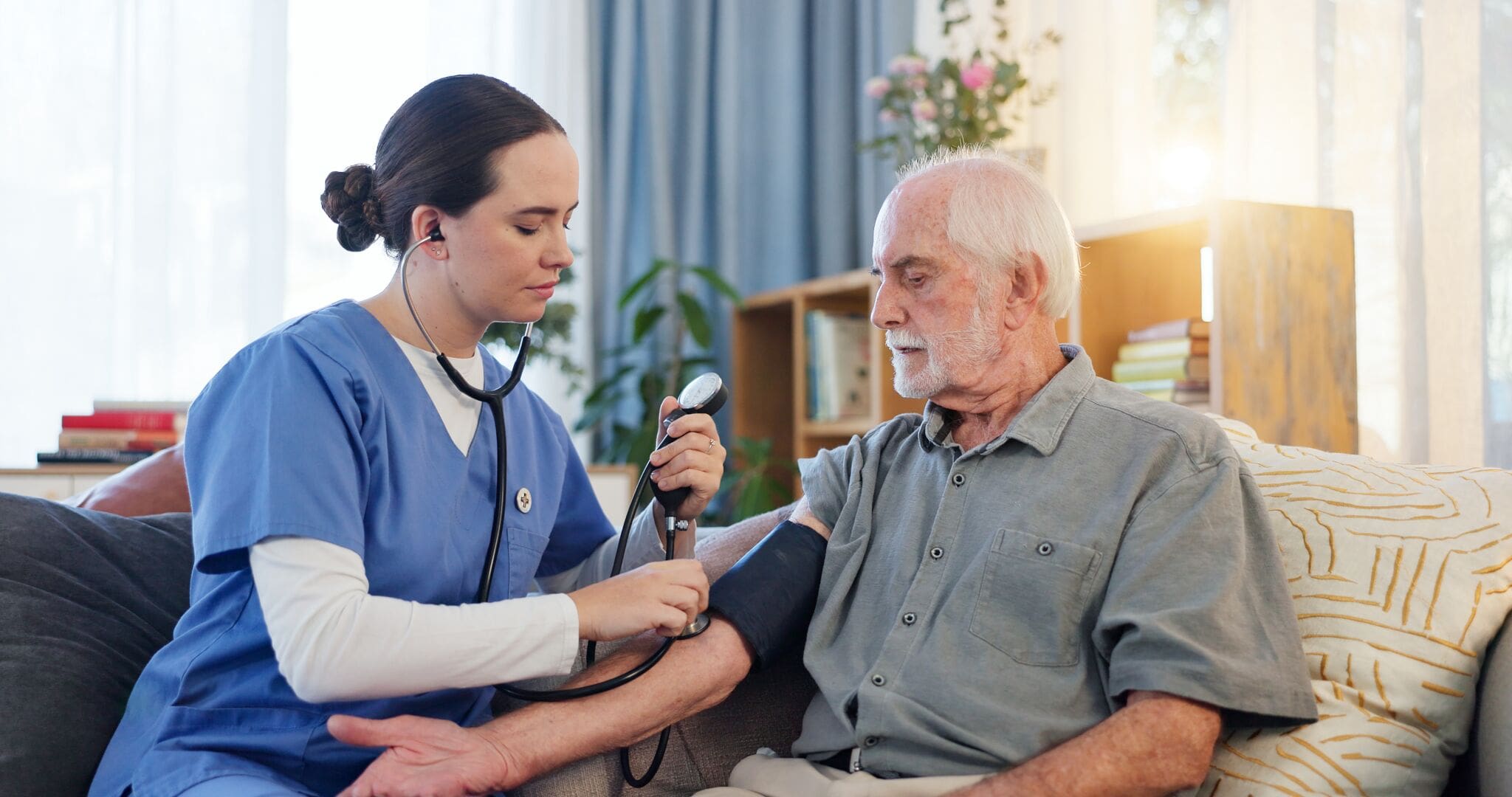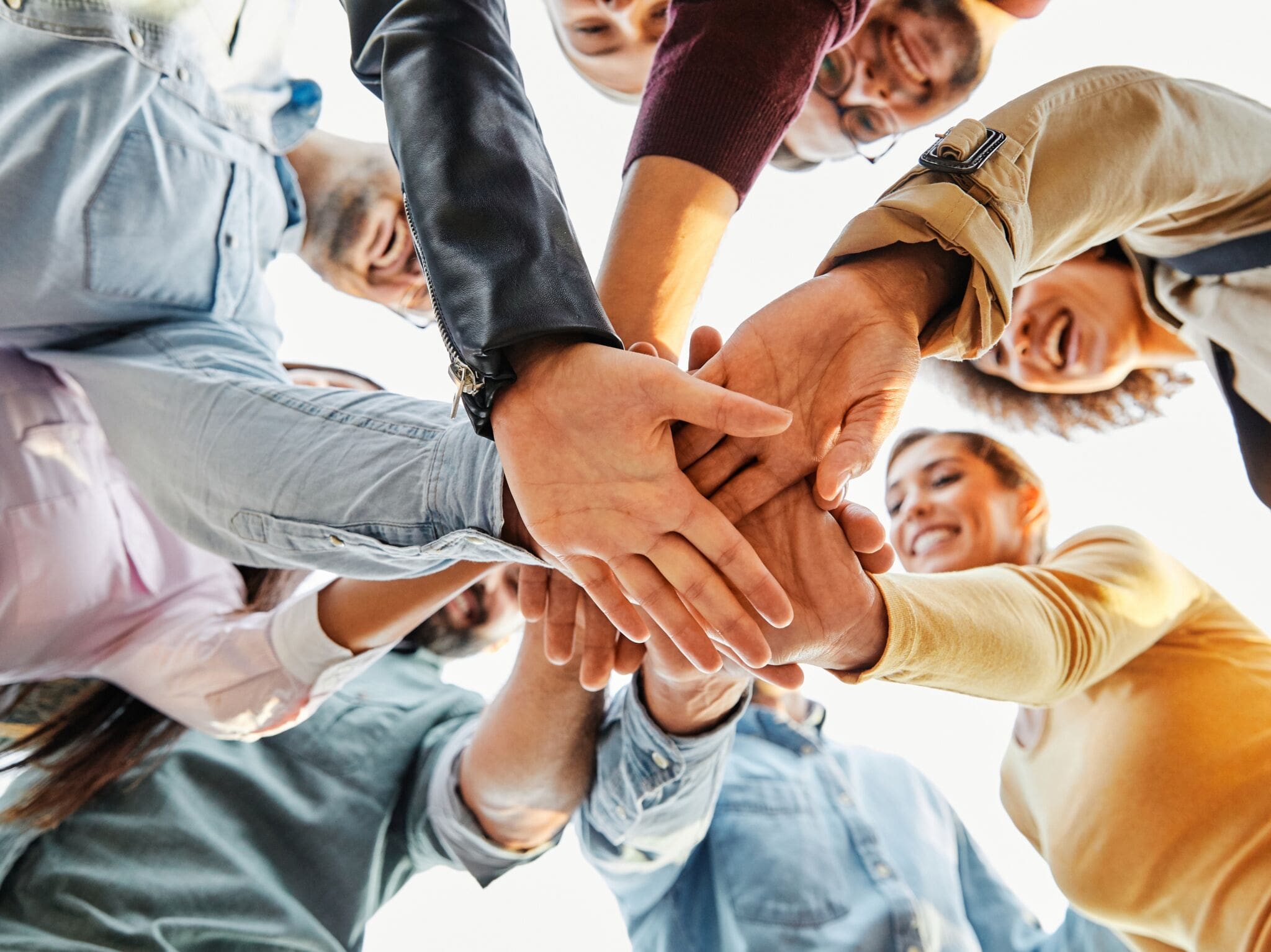In this article
Human trafficking represents one of the most insidious violations of human dignity in the 21st century. It is an umbrella term that encompasses a wide array of exploitative practices whereby individuals are coerced, deceived or forced into situations they would not freely choose.
Far from being a relic of history, trafficking persists today across every continent, concealed behind legitimate businesses, private homes and online platforms. The crime’s clandestine nature, combined with the vulnerabilities of its victims, makes it exceptionally difficult to detect. But it is precisely because trafficking is so hidden that we need to demonstrate collective vigilance and take meaningful action.
In the United Kingdom, the Modern Slavery Act 2015 consolidated prior legislation into a single legal framework, signalling a renewed national commitment to combating trafficking and modern slavery. Internationally, instruments such as the United Nations’ Palermo Protocol and the International Labour Organization’s Forced Labour Convention establish common definitions and obligations for states, encouraging cross-border collaboration.
This article offers a comprehensive exploration of human trafficking – examining what it means, how it occurs and how we can identify, prevent and redress this grave affront to human rights.
What is human trafficking?
When you hear the phrase “human trafficking”, you may at first think of images of borders crossed and victims ferried between countries. Yet the defining characteristic is not movement but exploitation. The UN defines trafficking in persons as encompassing three core elements:
- The recruitment or transfer of individuals
- The means employed, including threat or coercion
- The exploitative purpose
Crucially, the Modern Slavery Act 2015 extends this notion by recognising that trafficking can occur wholly within a state, without any international element, so long as force, fraud or abuse of power is used to secure a person’s compliance for exploitation. Under UK law, therefore, a victim of trafficking may never leave their hometown; they may be manipulated or threatened into servitude locally.
Trafficking takes many forms, from forced labour in fields or factories to sexual exploitation in private premises or commercial venues. Beyond these, the law also acknowledges the following:
- Organ removal
- Forced criminality
- Domestic servitude
- Forced marriage
- The exploitation of children in begging or county lines drug schemes
In every instance, traffickers leverage vulnerabilities – poverty, migration status, language barriers or social isolation – to ensnare victims. Deceptive job advertisements, false promises of education or marriage and the exploitation of pre-existing debts create a powerful web of control. Once entrapped, victims often find that their documents (such as passports) are confiscated, communications monitored and physical movement restricted, effectively cutting them off from family, friends and support networks.
Despite the gravity of trafficking, there are many misconceptions about it.
It is not synonymous with smuggling; smugglers facilitate voluntary, consensual border crossings, whereas traffickers exploit and enslave.
Likewise, trafficking is not confined to any single demographic or region: men, women, children, nationals and migrants can all fall prey.
Awareness of these facts is key to being able to accurately identify human trafficking, prevent it, stop it and support victims. A clear understanding of the statutory definitions under the Modern Slavery Act, supplemented by international protocols, underpins effective legislative, enforcement and victim-care responses.
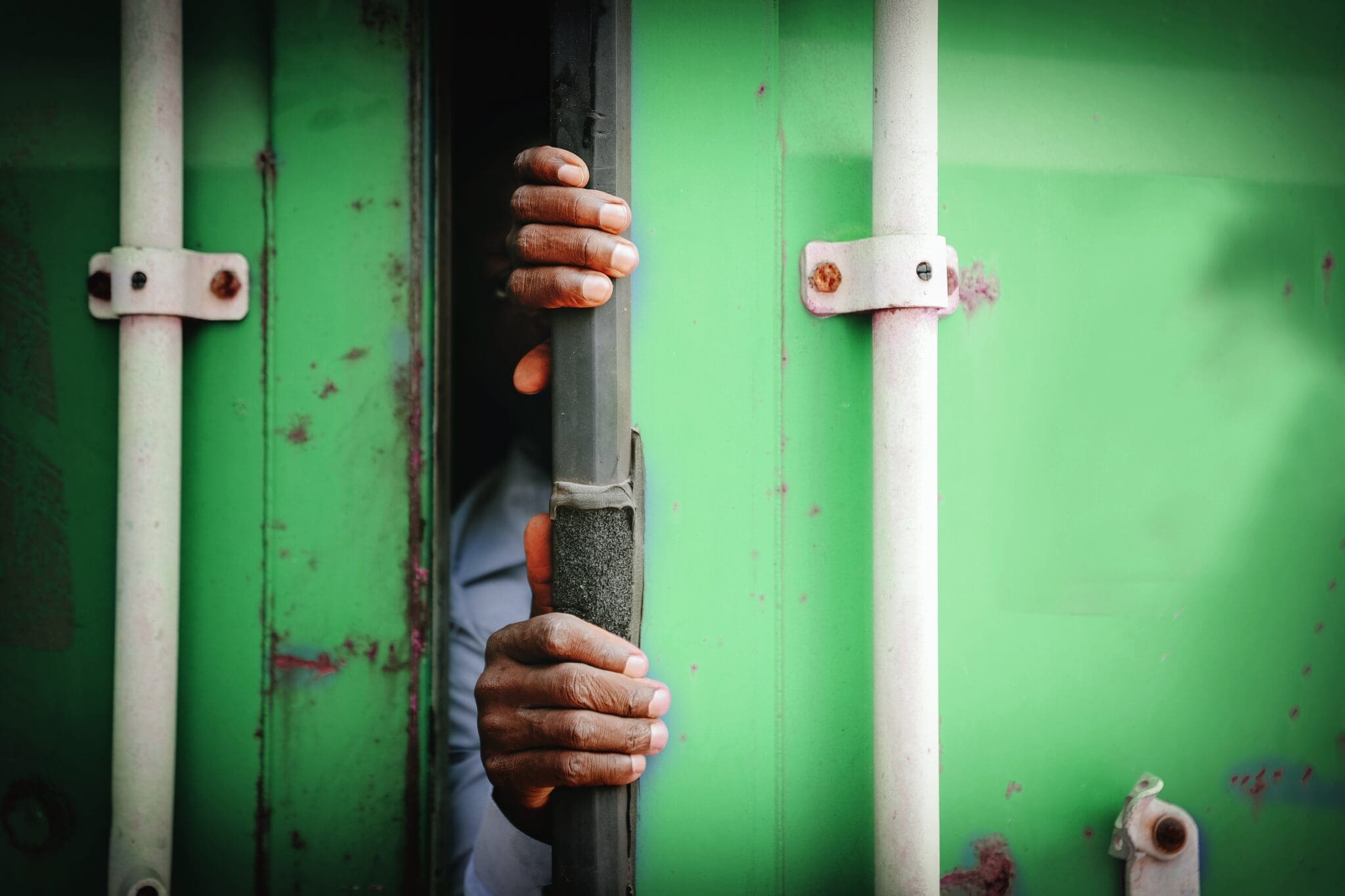
Types of human trafficking
Human trafficking manifests in different forms, which often overlap and occur together. Each type reflects a particular method of exploitation or sector of the economy, yet traffickers frequently combine tactics to maintain control over their victims.
Forced labour
Forced labour arises when a person is compelled to work under threat of punishment or deception, receiving little to no legitimate remuneration. Their personal documents may be confiscated.
In sectors such as agriculture, construction, manufacturing and hospitality, workers may endure excessively long hours and unsafe conditions.
Debt bondage is common: a recruiter advances funds ostensibly to cover travel or living costs, then inflates repayments so steeply that the worker can never escape the debt. Isolation, language barriers and threats to family members back home deepen compliance.
Forced labour can even occur in regulated industries. Unscrupulous employers may subcontract to informal labour agencies, obscuring responsibility and complicating oversight.
Sexual exploitation
Sex trafficking, often referred to as sexual exploitation, involves compelling victims into commercial sex through force, fraud or coercion. Traffickers may promise legitimate modelling or entertainment careers only to trap individuals in brothels, massage parlours or other forms of prostitution. Children may also be forced into the sex industry through trafficking.
Exploitation can involve physical violence, threats or psychological manipulation, and traffickers often deliberately make victims dependent on drugs – either by introducing them to substances or exploiting existing addictions – to weaken resistance and increase compliance.
Victims commonly endure repeated assaults and are denied access to healthcare or support services.
Sexual exploitation carries the additional burden of social stigma, which traffickers exploit by isolating victims further and deterring them from seeking help.
Domestic servitude
Domestic workers – frequently women and children – may be trafficked into unpaid or low-paid servitude in private homes, performing chores or providing care under inhumane conditions.
Unlike other sectors where multiple workers may congregate, the single-household environment offers minimal opportunity for disclosure or aid. Workspaces and living quarters often coincide, with little respite or privacy, creating an isolated setting that shields abuse from public view.
Cultural or linguistic differences can exacerbate isolation and vulnerability. Employers may confiscate identity documents, control movements and restrict communication devices, ensuring that victims remain hidden and cannot escape.
Forced criminality
Forced criminality is an emerging form of trafficking in which traffickers coerce victims into performing criminal activities. For example, traffickers may threaten violence or deportation to force victims to cultivate narcotics, pick-pocket, run illicit online scams or facilitate county lines drug distribution.
Victims may be moved across regions under false promises of legitimate work only to find themselves ensnared in gangs. Fear of arrest, punishment and, in some cases, deportation further silences victims. For many, law enforcement represents a greater threat than their traffickers.
This insidious form of exploitation blurs the line between offender and victim, complicating detection and protection efforts.
Organ removal
Although relatively rare, trafficking for organ removal is one of the most egregious violations of bodily autonomy.
Victims are often misled through offers of paid medical “volunteering” or outright abducted, then subjected to unregulated surgical procedures. The perpetrators profit by selling organs on the black market for transplants, leaving victims with life-threatening health complications.
The clandestine networks facilitating organ trafficking extend across borders, and victims may be lured from countries of origin where oversight is weak.
Forced marriage
Forced marriage involves coercing an individual, often a woman or girl, into marriage against their will. This is not universally recognised as trafficking around the world, but the UK’s Modern Slavery Act frames it as a form of servitude when individuals are compelled to provide sexual or domestic services.
Family or community pressure, cultural expectations or financial incentives drive forced marriages. Victims typically lose autonomy over their personal and social lives, and escape may result in severe repercussions from the family or community.
Child trafficking
Children are particularly susceptible to trafficking due to their dependence on caregivers and limited capacity to resist coercion. They may be exploited in forced labour – such as agricultural picking or factory work – used in commercial sexual activities, recruited as child soldiers or compelled into domestic servitude.
In the UK, many children trafficked for sexual or criminal exploitation are also drawn into county lines drug networks and forced to move between urban and rural areas. Victims are typically not allowed to attend school.
The psychological trauma inflicted on child victims of trafficking has profound and lasting effects, requiring specialised, age-appropriate interventions.
Warning signs of human trafficking
Detecting human trafficking is not straightforward. It requires vigilance and an eye for subtle indicators. While no single sign confirms trafficking, patterns of behaviour, living conditions and workplace practices can raise the alarm.
Behavioural and psychological indicators
Indicators of human trafficking to watch for in behaviour:
- Signs of trauma – the victim may show heightened anxiety, depression or an unusually submissive demeanour, avoid eye contact, flinch at sudden movements or show fear when speaking about work or living arrangements.
- Unable to speak for themselves – victims may defer to a third party who insists on translating or speaking on their behalf. This “mindset mediator” may be a trafficker or recruiter controlling interactions to stop the victim from disclosing their situation.
- Inconsistent stories – victims may provide inconsistent stories about their background or describe experiences in vague, rehearsed terms.
- Sudden mood shifts – especially when discussing law enforcement or freedom.
Living and working conditions
Signs to watch for in living and working conditions:
- Overcrowded, substandard accommodation being shared by unrelated adults
- Workplaces that are inaccessible to outsiders with locked doors, barbed-wire fencing or on-site security guards instead of formal perimeter controls
- Excessive working hours with no breaks
- Failure to receive wages on schedule
- Demands for repayment of debts through labour
In domestic settings, the following conditions suggest that someone’s movements and finances may be under a trafficker’s control:
- Live-in staff never leave the house unaccompanied.
- Staff lack personal possessions.
- Workers do not hold or have limited access to identity documents, passports or bank cards.
Sector-specific red flags
Certain industries have ingrained vulnerabilities.
- Agriculture and horticulture – workers transported in unmarked vans at irregular times, picked up from informal collection points or housed in makeshift shacks deep in rural areas merit further inquiry.
- Hospitality or construction – crews arriving at sites early in the morning or leaving late at night, scant provision for hygiene facilities or safety equipment, and absence of clear pay structures can signal exploitation.
- Street-level sexual exploitation – may be indicated by sudden shifts in a worker’s location, multiple individuals rotating through a single address or advertisements for “escort” or “massage” services that promise high pay with no clear employer information.

Human trafficking statistics
Human trafficking is a clandestine operation, and victims are often reluctant to identify themselves. This makes it inherently challenging to accurately measure the scale of human trafficking. Nonetheless, various international bodies and civil society organisations have offered estimates that underscore the scale of the problem.
The International Labour Organization (ILO), in partnership with the Walk Free Foundation, estimated that in 2021, 50 million people worldwide were living in modern slavery. 22 million were in forced marriage and 28 million were in forced labour. In 2024, the ILO released a report claiming that forced labour generated illicit profits to the tune of 226 billion US dollars annually – up 37% from 2014.
In 2020, women and girls accounted for 71% of those subjected to modern slavery, while one in four victims was a child.
The United Nations Office on Drugs and Crime’s (UNODC) Global Report on Trafficking in Persons 2024 stated that the number of people affected by human trafficking has increased since the global COVID-19 pandemic.
According to the UNODC report, globally, the majority of detected trafficking victims were female. Adult women accounted for 43% of all victims identified, while girls made up a significant 18%. Adults remain the most commonly detected age group overall.
Most women and girls are trafficked for sexual exploitation. However, many are also subjected to forced labour – especially in domestic settings – as well as other forms of exploitation, such as forced marriage and forced criminal activity.
Of all the detected victims, the forms of exploitation were as follows:
- Forced labour – 42%
- Sexual exploitation – 36%
- Forced criminality – 8%
- Mixed forms of exploitation – 8%
- Other purposes – 4%
- Forced begging – 1%
- Forced marriage – 1%
In the UK, referrals to the National Referral Mechanism have risen steadily since its introduction in 2009. In 2022, 16,938 people were referred – a record high. However, the number of referrals that resulted in a successful prosecution remained low, reflecting challenges in gathering admissible evidence and securing victim testimony.
Data collection and analysis efforts are improving. Enhanced training for front-line responders, better coordination among law enforcement agencies and expanded support for survivors have contributed to more systematic reporting. Still, experts caution that the true scale of trafficking is likely several times higher than indicated by official statistics, given the large numbers of unreported or undetected cases.
Who can be a victim of human trafficking?
Trafficking is a crime that transcends boundaries of age, gender, nationality and socio-economic status. While certain factors elevate risk, no individual group is wholly immune to exploitation.
Economic precarity
Individuals in regions with high unemployment, low wages or limited social protections may be more inclined to accept risky job offers abroad or in unfamiliar locales.
Migrants and asylum seekers, whose immigration status may be irregular, can be particularly susceptible, as traffickers exploit fears of detention or deportation to enforce compliance.
Equally, homeless populations and those experiencing addiction or mental health challenges may trade personal freedom for shelter or substances and find themselves exploited by traffickers.
Gender dynamics
Women and girls disproportionately face sexual exploitation and domestic servitude, driven by entrenched gender inequality and discriminatory norms. Cultural expectations that limit women’s autonomy can mask coercive practices within families or communities, such as forced marriage.
At the same time, men and boys feature prominently among those trafficked into forced labour, criminal exploitation or military conscription.
Children as targets
Children occupy a tragic dual role as both primary victims and vector points for trafficking networks. Their dependence on adults for care and their limited capacity to recognise deception make them vulnerable targets. Some traffickers pose as guardians or benefactors, while others exploit broken social systems to traffic children out of public care or from within marginalised communities.
Social exclusion and discrimination
Minority and marginalised groups, including Roma communities in Europe, indigenous populations, LGBTI people and those with disabilities, often experience discrimination that traffickers exploit. The absence of social support, compounded by societal stigma or legal invisibility, renders these individuals hesitant to seek help or report abuse.
What to do if you suspect human trafficking
Early intervention can prevent further harm to victims and pave the way for recovery. If you come across a situation that raises concern, a careful, victim-centred approach is essential.
First, assess whether there is immediate danger. If the suspected victim faces imminent risk, dial 999 and request the police, specifying that you suspect an ongoing trafficking offence.
Avoid direct confrontation with people you believe are traffickers; doing so may escalate violence or intimidate the victim. Instead, discreetly gather observable details such as vehicle registrations, employer names, location descriptions and shifts of activity. Take photos and make notes of living conditions, uniforms, security measures and interactions – this can prove invaluable to investigators.
Where risk is not immediate, you can contact the Modern Slavery Helpline on 08000 121 700, which is available around the clock. Trained advisors can provide information and support and help connect you with the appropriate services, including the police, local authorities or specialist NGOs.
If you are a professional in healthcare, social services, education or law enforcement, you may act as a first responder under the Modern Slavery Act, referring suspected victims to the National Referral Mechanism. This is the official system used in the UK to identify victims of modern slavery and human trafficking and help them access specialist support.
Referrals are submitted online and must be made by designated First Responder organisations, such as the police, local authorities or certain charities. Children do not need to give consent to be referred, but adults must agree to the process before any action is taken.
Preserving evidence is crucial. Secure copies or photographs of documents such as passports, visas or recruitment contracts. Record any recruitment advertisements or digital communications that reference work arrangements. Detailed notes of conversations with the victim can strengthen testimony.
Always prioritise the victim’s safety and consent before collecting information, and respect their wishes regarding confidentiality.
Support and recovery for victims
The pathway from exploitation to recovery is long and complex, requiring coordinated, trauma-informed care that addresses physical, psychological, social and legal needs.
Safe housing
Victims must be able to reside in environments free from their traffickers’ influence, where their privacy is respected and security is ensured. Accommodation may range from dedicated crisis shelters to longer-term supported housing managed by specialist agencies.
Physical and mental healthcare
Victims should undergo comprehensive health assessments to identify and treat injuries, manage chronic conditions and address reproductive health needs. Psychological support should be available at every stage, including cognitive-behavioural therapy and group support networks.
Legal assistance
Victims often require representation to navigate immigration processes, submit asylum claims or apply for discretionary leave to remain.
Under the Modern Slavery Act, survivors may seek compensation through civil litigation against perpetrators – but these proceedings can be daunting without professional guidance. Witness protection measures, including special measures in court to shield victims from direct confrontation with traffickers, help secure testimony while safeguarding mental well-being.
Education and vocational training
Language tuition, skills workshops and accredited qualifications enable survivors to pursue independent livelihoods, reducing the risk of re-trafficking and facilitating long-term empowerment.
Employment schemes that partner with ethical employers willing to offer internships or apprenticeships can ease the transition. Peer mentoring programmes, pairing returning survivors with those further along the recovery journey, foster a sense of community and belonging.
Social integration
Many victims grapple with isolation, shame or disrupted family ties. Community-based initiatives – such as cultural orientation sessions, recreational activities and faith-based support – can rebuild social networks.
Public awareness campaigns that share survivor stories in safe, anonymised ways help shift societal attitudes, reducing stigma and encouraging more victims to seek help.
Prevention strategies
While victim support remains vital, preventing trafficking at the source is ultimately more effective and sustainable. Prevention strategies must tackle the following simultaneously:
- Root causes
- Demand drivers
- Supply chains
Strengthening economic resilience in high-risk communities involves investment in education, microcredit schemes and job creation projects. Potential migrants are less likely to resort to unscrupulous recruitment agencies when their local livelihoods are improved. Safe migration pathways, including transparent work visa programmes and accessible information hubs, reduce reliance on informal channels that traffickers exploit.
Embedding anti-trafficking clauses in bilateral labour agreements ensures that workers abroad have recourse to their home governments if exploitation occurs.
On the demand side, tackling the markets for cheap labour and commercial sex is essential. Education campaigns aimed at potential customers and community leaders can reshape social norms, emphasising the human cost behind illicit services.
Corporations should conduct rigorous due diligence throughout their supply chains, auditing suppliers for compliance with ethical labour standards and remediating violations promptly.
Public procurement policies can incorporate modern slavery safeguarding measures, ensuring that government contracts do not inadvertently fund exploitation.
Raising awareness
Awareness-raising remains a cornerstone of prevention. Training for recruitment agencies, transport operators, hospitality managers, health professionals and educators equips them to recognise and report signs of trafficking. Community workshops in schools, religious institutions and migrant support centres foster grassroots vigilance. Digital platforms, including social media and dedicated mobile applications, can provide information on safe employment options and direct users to helplines.
Legislative and regulatory frameworks must keep pace with traffickers’ evolving tactics. Enhancing penalties for corporate complicity, criminalising demand for exploitative services and closing legal loopholes strengthens deterrence. Funding for specialised trafficking courts or dedicated law enforcement units helps develop expertise and improve conviction rates.
Harmonising definitions and penalty levels across international jurisdictions prevents and reduces “safe havens” for traffickers.
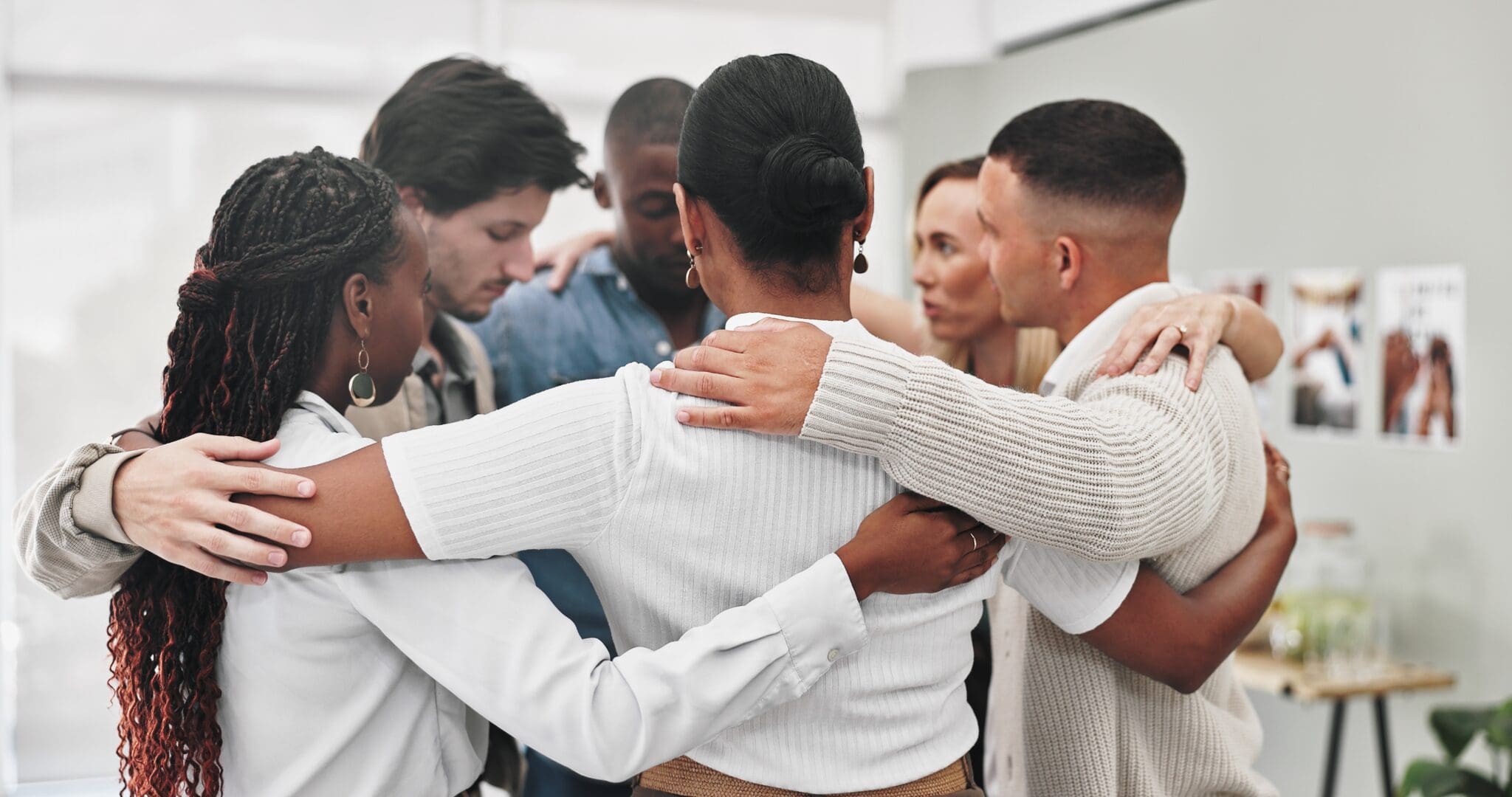
International cooperation
Human trafficking is an inherently transnational crime. Tackling it requires robust collaboration among states, international organisations and civil society.
Information-sharing agreements between law enforcement agencies such as Interpol and Europol enable intelligence on trafficking routes, suspect profiles and financial networks to be exchanged rapidly. Joint investigative teams bring together prosecutors, investigators and victim-care specialists from multiple countries to coordinate operations against syndicates operating across borders.
Extradition treaties facilitate the transfer of suspects to face justice in jurisdictions where offences occurred, while mutual legal assistance treaties support the collection of evidence held abroad.
On the victim support front, repatriation agreements ensure that victims who wish to return home receive appropriate aftercare services, including reintegration programmes and trauma counselling. Multilateral funding initiatives, such as those administered by the European Union and the United Nations Voluntary Trust Fund for Victims of Trafficking in Persons, prioritise cross-border capacity building, training and preventive projects in source, transit and destination countries.
To prevent human trafficking, we need to understand it. Consistent data collection and research partnerships reveal trafficking trends and emerging modalities, while shared databases on convictions, victim demographics and modus operandi allow policymakers to tailor interventions.
International forums, including the United Nations Commission on Crime Prevention and Criminal Justice, provide platforms to review progress, update protocols and set new targets. Civil society networks – ranging from global umbrella organisations to grassroots community groups – play a vital role in advocacy. They ensure that survivors’ voices inform legal reforms and funding priorities to make a real difference.
Through sustained, coordinated action at every level, the international community can weaken trafficking networks, reduce demand, protect the vulnerable and bring perpetrators to account. Ending modern slavery is an ambitious but attainable goal. Collective resolve, adequate resources and unwavering respect for human rights will be key to success.



